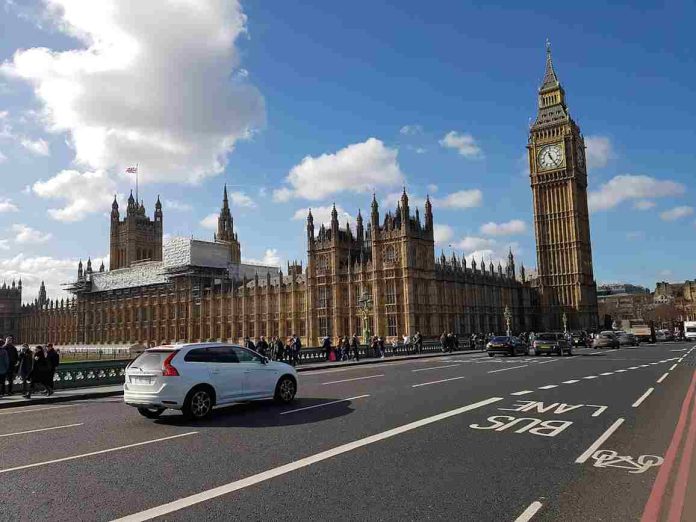London’s public transport system is crucial for both residents and visitors, providing a convenient and efficient means of navigating the busy streets of the capital.
The iconic red double-decker buses and the renowned Underground network are integral parts of London’s public transport, making it essential to understand seamless city travel.
Regardless of whether you’re a regular commuter or a first-time visitor, these tips will assist you in maximizing London’s transportation options.
Table of Contents
Contactless payment
In London, the public transport system has fully embraced contactless payment, eliminating the need for fumbling with loose change or queuing at ticket machines.
Travellers can now conveniently tap and go on buses, trams, trains, and the Underground using a contactless debit or credit card, as well as mobile payment options like Apple Pay and Google Pay.
This hassle-free payment method not only saves time but also guarantees that you always pay the lowest fare for your journey.
Planning your route
London has an extensive network of buses, trains, and tubes that intersect the city, making it crucial to plan your route for efficient travel.
To plan your journey effectively, you can use online journey planners and smartphone apps such as Citymapper and Google Maps.
These tools allow you to plot your journey in advance, considering factors like route choices, travel duration, and any potential service disruptions or delays.
Planning enables you to reduce travel time and steer clear of unnecessary stress while travelling.
Exploring alternative modes of transport
Although the Tube is a well-known mode of transportation in London, the city provides a range of alternative options for getting around.
One alternative is cycling along the extensive network of bike lanes, offering a different way to experience the city’s landmarks and neighbourhoods, especially when you’re new to the city. Another option is cruising down the Thames on a river bus, providing a unique perspective on London’s attractions.
Moreover, these services offer a convenient and eco-friendly way to travel between attractions while staying active and reducing your carbon footprint.
Considering alternative accommodation options
If you’re planning to stay in London for an extended period, it’s worth considering alternative accommodation options to save on housing costs.
One such platform, rentaroof, provides all rentals available in London, by scouring hundreds of real estate websites every day. Exploring alternative housing models can allow travellers to experience the convenience of city living without overspending, thus freeing up more funds for exploring London’s attractions and experiences.
FAQ: What’s the most common use of public transport in London?
The most common public transport is the London underground, also known as the Tube. London has an extensive network of metro lines, which makes it easy to reach every area of the city.
You can plan your trip by using Google Maps or any other navigation system, so you know which tube you need to hop on to get to your destination.
Written by: Rohan














